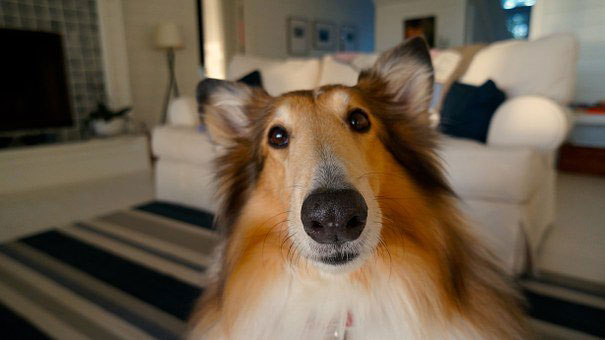Ever wondered what your dog is thinking? Of course you have! Whilst humans and dogs seem to have a great relationship and good communication, there’s a language barrier that always stops us knowing exactly what each other are thinking. And so we all worry, from time to time, whether or not our dog is happy. Are they following us because they love us or just to see if they can get some food? Are they wagging their tail because they are happy or scared? All dogs are different and particularly now that they don’t live in packs and are more influenced by their individual human environment; the same way as a child is, but here’s some of the signs that you can pick up to see when your dog is happy.
1. Eyes
When a dog is happy they have relaxed eyes and eyelids. They will blink a lot if they are relaxed and have a soft gaze.
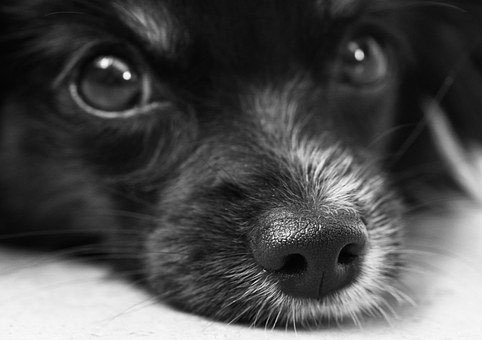
2. Brow
A furrowed brow is a sign of stress in humans. We furrow our brow when we are confused or concerned. It’s the same for a dog. If your dog has a smooth brow, then they are worry-free. A furrowed brow could indicate stress. This does need to be applied relative to your breed of dog as some breeds have a naturally furrowed brow.
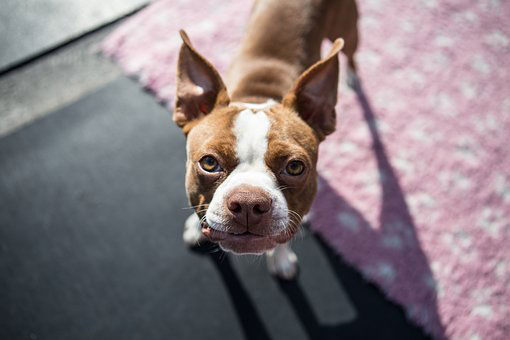
3. Ears
Their ears will also be relaxed .This is more apparent in some breeds than others, but generally if they have floppy ears or are not pinning them back, then they are likely to be happy.
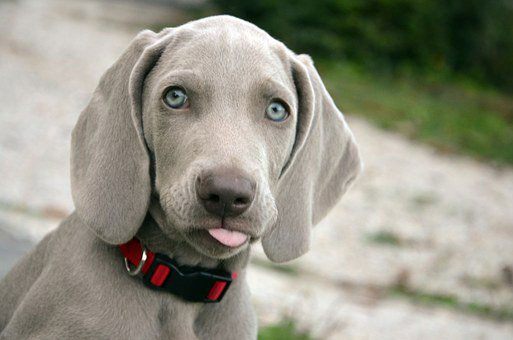
4. Mouth
Again, they mouth will be relaxed. This can often mean a few teeth are visible. This doesn’t mean that teeth are bared as the dog curls back its lip, which is generally a sign of aggression; more that they are so relaxed that their lips part slightly to show their teeth.
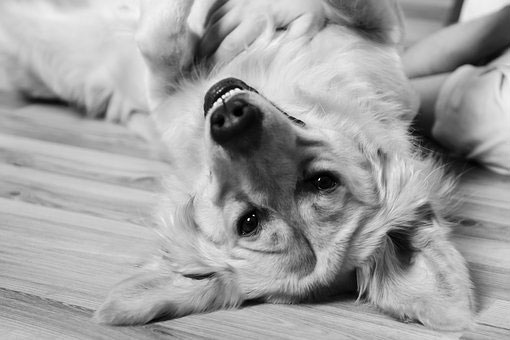
5. Tongue
With the relaxed mouth may come a lolling tongue. You may have noticed that your dog’s tongue falls out of their mouth while they’re sleeping. This is because they are so relaxed they don’t bother with the energy to keep their tongue in their mouth. This is the same when they are content and relaxed while awake.
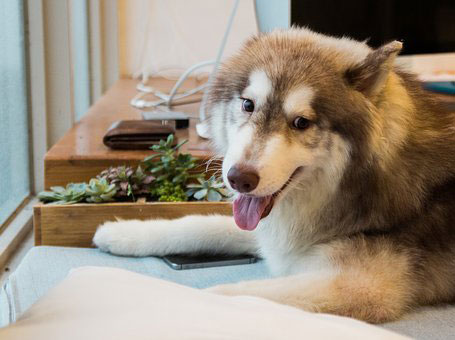
6. Body
If your dog is happy then a good way to see this is how they are carrying themselves. Are they relaxed; have a soft posture and are moving about in a wiggly way or are they tense and stiff and look less comfortable. If they are relaxed around you then they are happy.
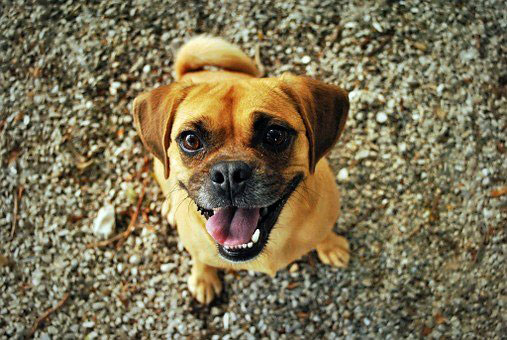
7. Tail Position
The tail will be relaxed when a dog is comfortable and happy. Obviously, you need to allow for your dog’s breed when assessing the normal relaxed position. Generally, if a dog is happy the tail will raise slightly. If it’s raised too much then this is likely to be over stimulation or, alternatively, if the tail is pinned under the body the dog is likely to be frightened.
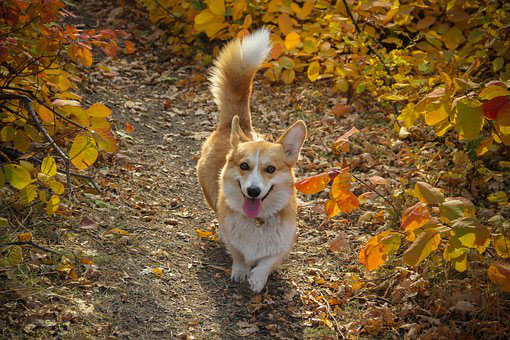
8. Tail Movement
Following on from the wiggly posture of the body, a happy dog will wag its tail so hard that the entire body moves with it. It’s a relaxed body and tail that causes this to happen. If your dog is wagging its tail in a rigid manner and the rest of the body isn’t following, then this is more likely to be an assessment of a situation than joy.
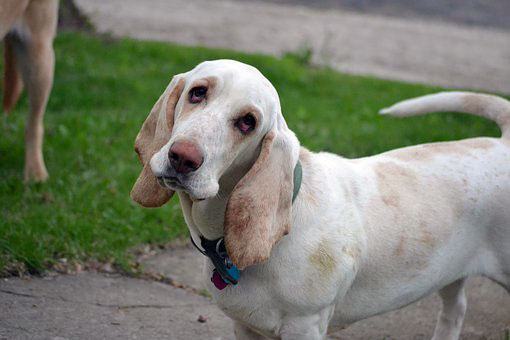
9. Destructive Behaviour
Destructive behaviour can be a sign of an unhappy dog. Of course, all puppies tend to have that chewing phase, but an older dog shouldn’t be making holes in your furniture. Chewing and the like can be a sign of stress or boredom in adult dogs. If they have lots of mental and physical stimulation then they will tend not to exhibit these behaviours, even when left alone, because they are content.
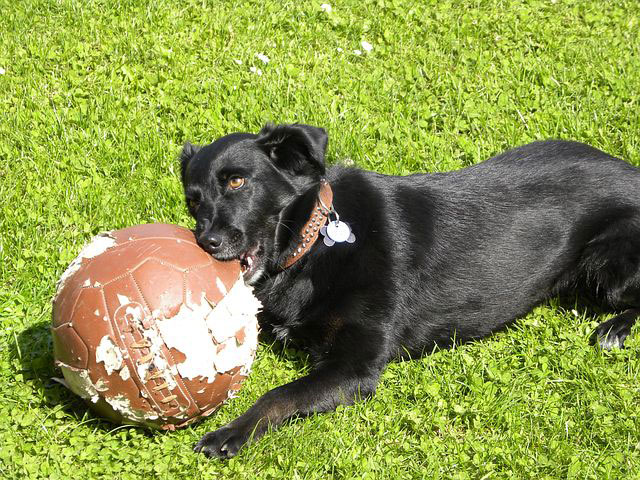
10. A Good Appetite
Again, like humans, when a dog is happy they will eat well. When they are not, they will stop eating or eat less. This is often a sign that they are feeling unwell, but can also be caused by stress. This should always be considered in terms of your own dog as all dogs eat different amounts as the norm. Keep an eye on whether they are eating as normal or if there has been a sudden increase or decrease in the amount they want to eat.
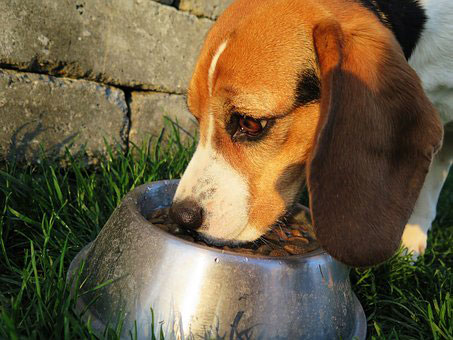
11. Sleeping
Again, like humans, a dog that isn’t suffering from stress is likely to sleep well. An adult dog should sleep for around 16 hours per day, so if your dog stops sleeping so well, it could be a sign of stress.
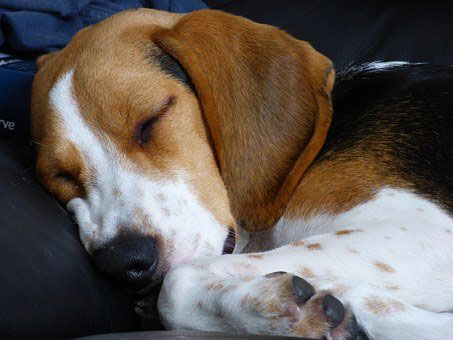
12. Healthy Coat
A healthy coat is a sure fire indicator of a happy dog. When dogs are unhappy or stressed they tend to shed more and can also develop skin conditions that makes the skin dry and flaky.
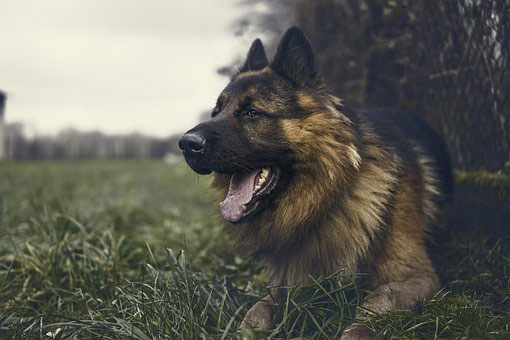
13. Belly Up, Tongue Out
A happy dog will show you their belly. It’s the most vulnerable position they can be in, so if you get a belly thrust at you, you know your dog trusts you and is happy. The tongue also tends to come out and loll about at this point too. This also usually involves a fair amount of wiggling around. If the belly is showing but the dog is stiff this is a submissive stance. You may see this happen when they are around other dogs.
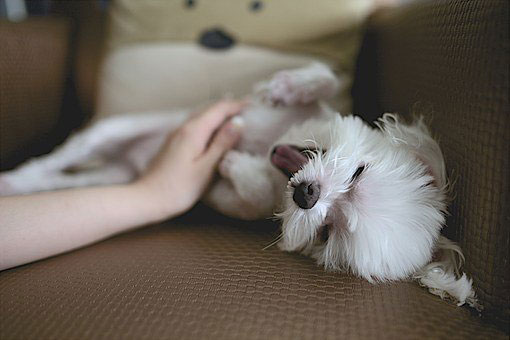
14. Happy Barking
Again, this is relative to your own dog’s normal barks, but a happy dog tends to bark in a higher pitch than their normal “alert barking”. This doesn’t last for long and is usually accompanied by a wiggling body and wagging tail.
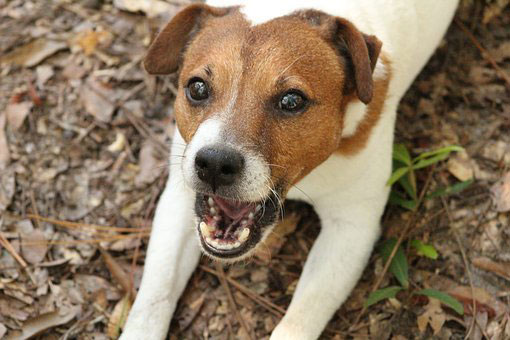
15. Bottoms Up
When a dog wants to play or is in a happy mood they will play at bowing at you. Their front end goes to the floor while their back end remains in the air. They’ll do this to both humans and other dogs and it’s an attempt to get you to play.
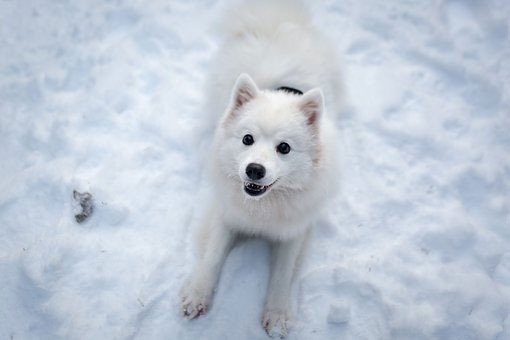
16. Leaning In
If a dog is happy and comfortable with you they may lean into you for a cuddle. This means they are happy with the contact they are getting and want it to continue, if you’re already petting them, or that they’re ready for a pet if you’re not.
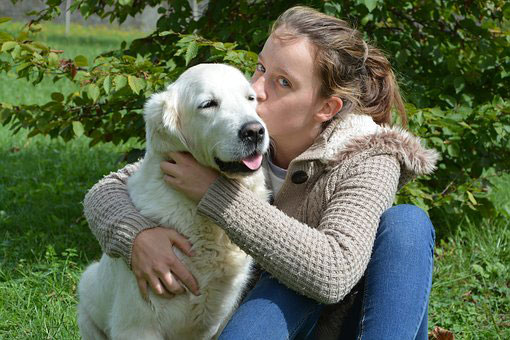
17. Happy To See You
Everyone knows that feeling. You nip out of the house and the second you get back the dog is there waiting and beyond excited! It’s also likely to happen in the morning when you get up, after they’re not seen you for a few hours. They will even tend to keep an eye on your when out for a stroll, even thought you might not notice this, they are watching. Being excited to see you is the absolute best indicator that you have a happy dog and that they love their life with you.
